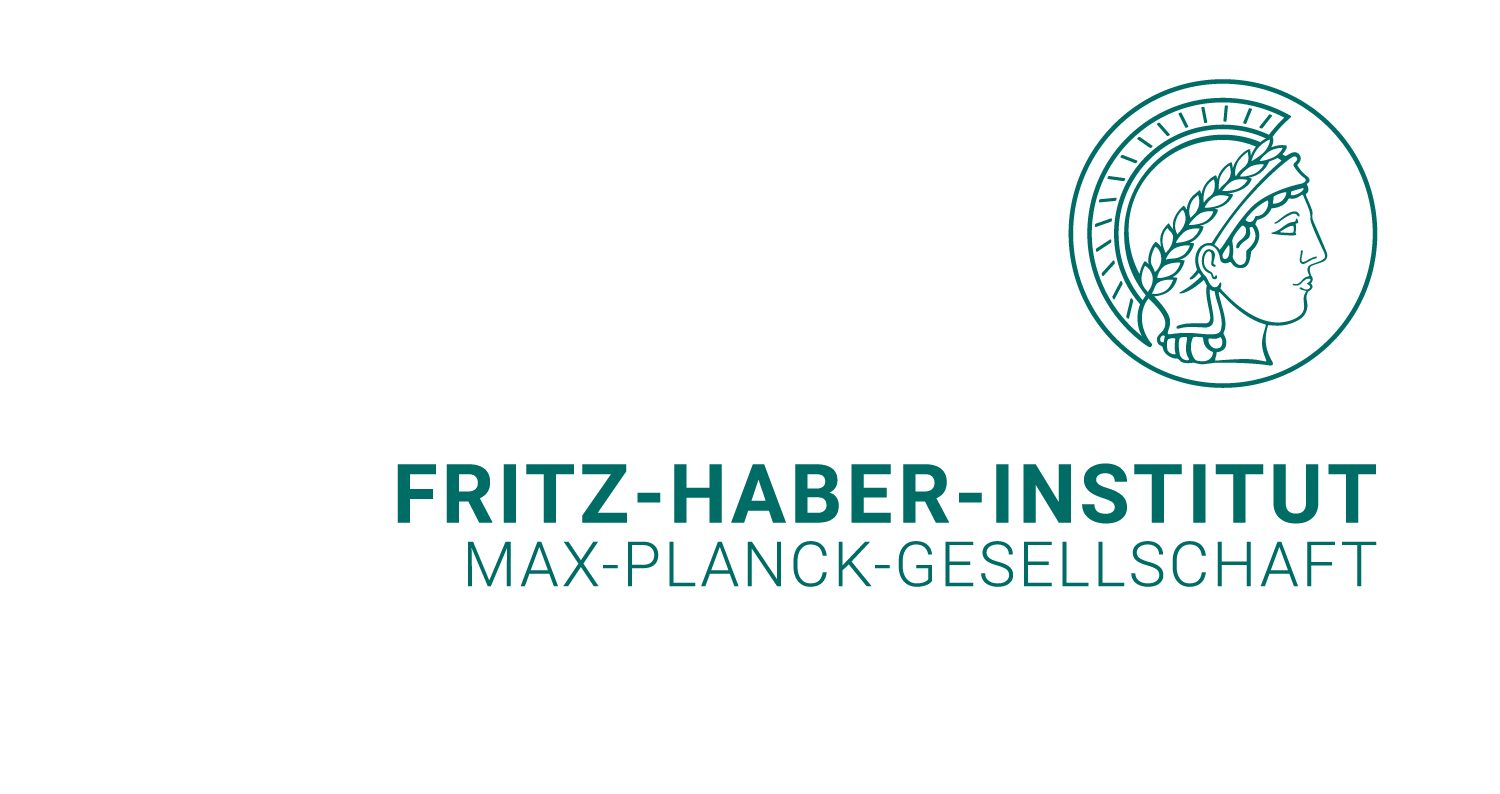Artificial Intelligence, Coupled-Cluster Theory for Solids, and GW Method
Matthias Scheffler
Mission
Mission and Research Topics
As the group‘ name reflects, that its topics are somewhat diverse. They cover fields that are at the forefront of materials science, that interact with all the other groups of the NOMAD Laboratory and that may well evolve into future groups on their own.
In brief, our Artificial Intelligence work started in the year 2000 with a successful PhD thesis by Soenke Lorenz [Representing high-dimensional potential-energy surfaces for reactions at surfaces by neural networks. [Chem. Phys. Lett. 395 (4-6), 210-215 (2004). Descriptions of surface chemical reactions using a neural network representation of the potential-energy surface. Phys. Rev. B 73 (11), 115431 (2006)]. Since then we developed several methods, e.g. SISSO: A compressed-sensing method for identifying the best low-dimensional descriptor in an immensity of offered candidates [R. Ouyang, S. Curtarolo, E. Ahmetcik, M. Scheffler, L.M. Ghiringhelli, Phys. Rev. Materials 2 (8), 083802 (2018)], which is the most cited paper of this journal. The current focus of our work is described in the Open-Position advertisement (please click here for more information about the open position).
Coupled-Cluster Theory is considered the gold standard of quantum chemistry. Typically, it addresses the ground-state total energy. The CC4S code by Andreas Grüneis brings this to solids [Interface to high-performance periodic coupled-cluster theory calculations with atom-centered, localized basis functions. E. Moerman, F. Hummel, A. Grüneis, A. Irmler, and M. Scheffler, Journal of Open Source Software, 7(74), 4040 (2022). https://doi.org/10.21105/joss.04040. and references therein.].
The GW Method is currently the method of choice for evaluating bandgaps and band structures. Its dependence on the DFT starting point and its unfavorable scaling with the system size cause several problems. We are currently working on improvements, e.g. making GW calculations easier to use, more robust, and advancing the code so that it runs efficiently on exascale computers.
Software
Software and method development is key to achieving the group's research goals. In particular, we are involved in the advancement of the all-electron, full-potential electronic-structure code FHI-aims and have developed numerous advancements and add-ons.

